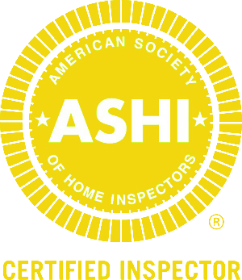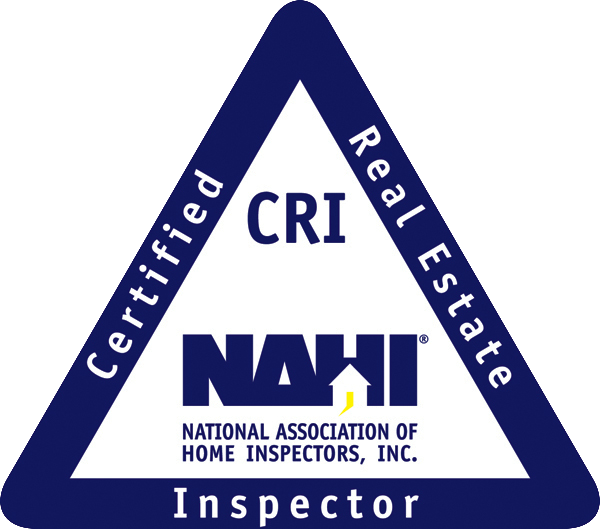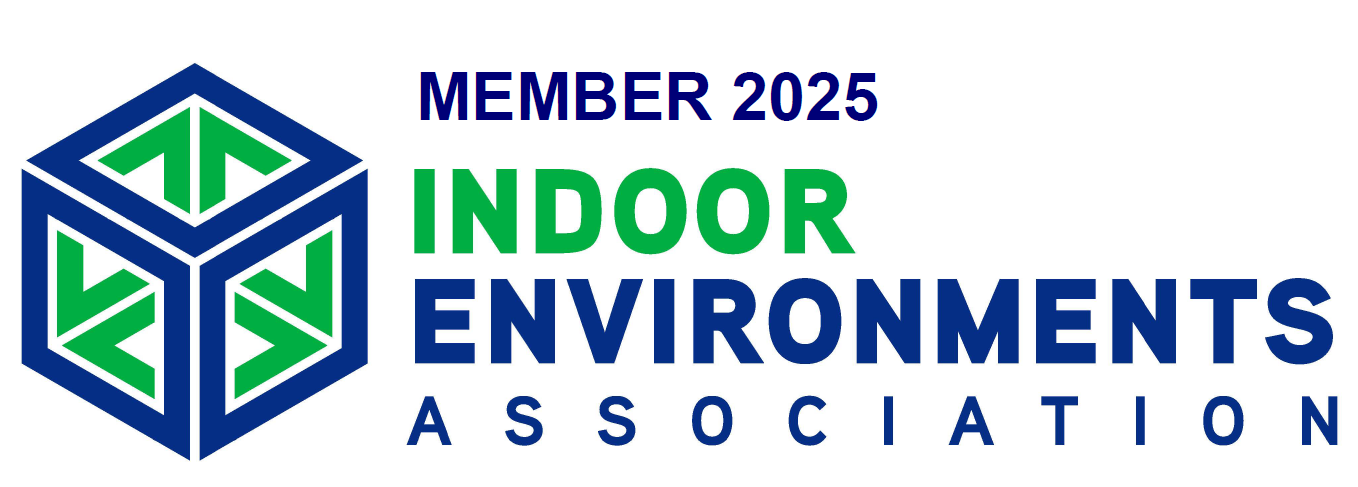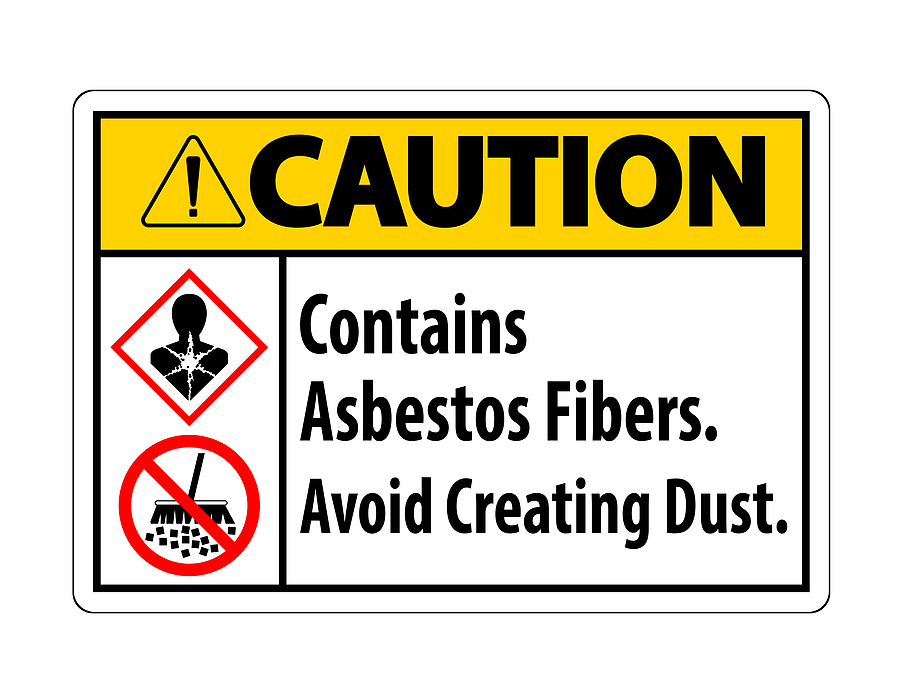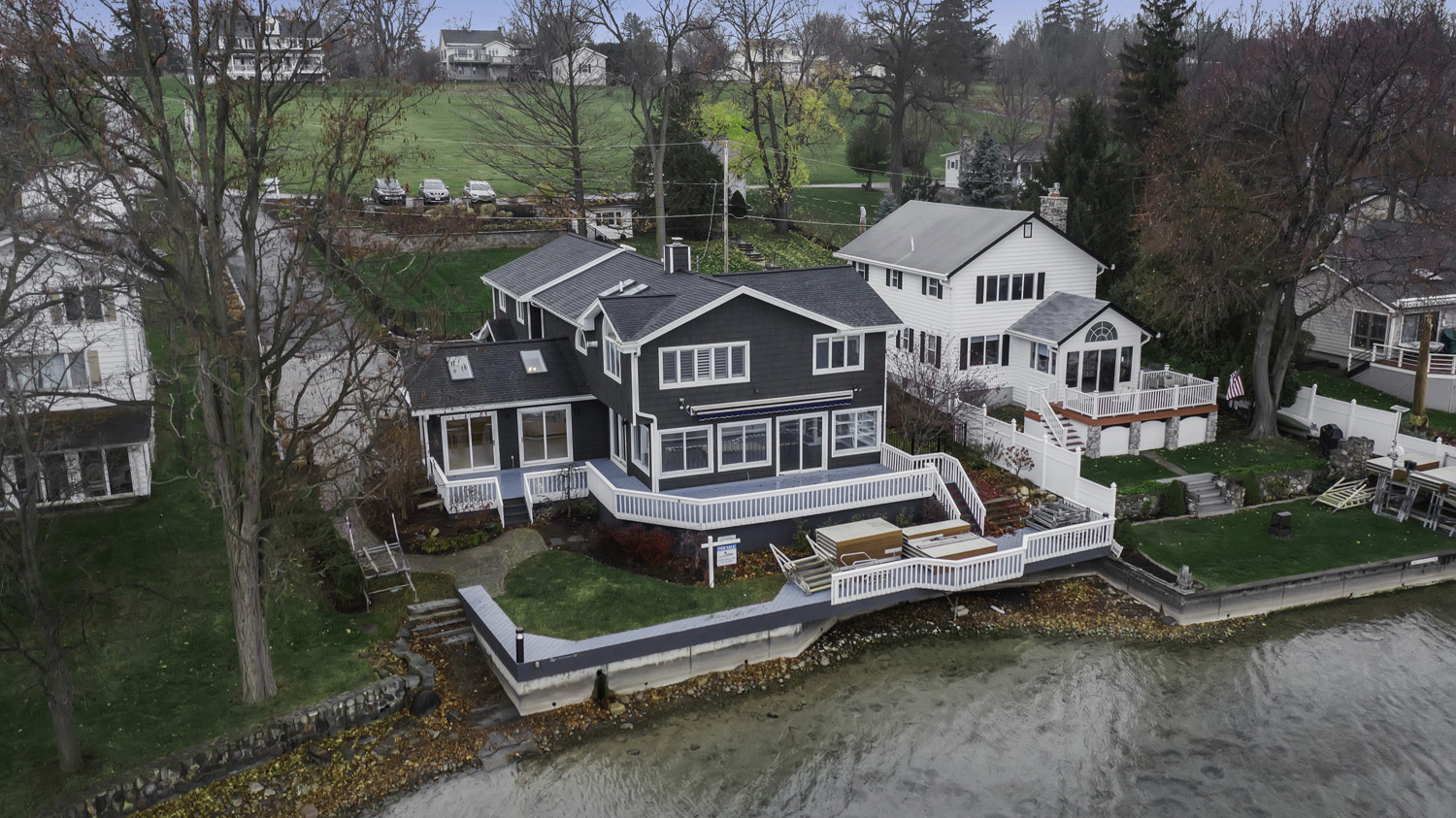It’s not `beware’ but `be aware’ when it comes to asbestos!
By Richard F. Pezzino
Generally, people are aware that asbestos can be an environmental hazard in buildings and homes. But the important words here are “can be.” Asbestos is used in almost 3,600 building applications without causing any danger to occupants. It only becomes dangerous when its tiny fibers are released into the air, a state that is called, “friable.”
Asbestos is a mineral and is mined just like iron, lead and copper. It’s different from other minerals, however, in that when it is crushed it breaks up into fine fibers – fibers that are approximately 1,200 times finer than a human hair. These fibers can be inhaled into the lungs, and they are so tiny they stay in the air for long periods of time.
Asbestos has been used in such products as floor tiles, linoleum backing, ceiling panels, exterior stuccos, roofing felts, heat registers and pipe insulation. Asbestos doesn’t become dangerous unless one of these construction materials has been damaged to the extent that asbestos fibers have become airborne, or the asbestos containing material (ACM) itself is not stable. An example of an unstable ACM would be the fluffy, sprayapplied fireproofing material. This is in a “friable” state.
In one situation, a tenant found a small tear in some pipe insulation in the basement of the building and moved out of his second floor apartment because he was convinced this created a huge hazard. First, with asbestos, human risk depends on exposure and since he was on the second floor, there was minimal chance of his inhaling asbestos fibers in his apartment. Second, tears in pipe insulation are relatively simple to fix.
The Environmental Protection Agency does not advise either ripping asbestos out in a panic – or ignoring the problem of friable asbestos. When damaged asbestos containing materials, can be crumbled by hand, the material has become dangerous, but as long as surfaces are stable and sealed or can be repaired, the product is safe. If a building containing ACMs is going to be demolished, then the asbestos should be removed prior to demolition to prevent asbestos particles from becoming airborne.
If you see a material that looks like asbestos and crumbles to the touch, you should probably have it tested to see if there is any danger to you or the inhabitants of the building. Plumbers and contractors can often tell by looking at the product if it is asbestos or not, but it’s safest to collect a sample and have it analyzed by a laboratory that does polarized light microscopy (PLM).
If insulation containing asbestos is firm and the surface covering is tight, homeowners can make their own repairs to small holes and tears with commercial products designed for this purpose. If, however, you have holes more than an inch in diameter within four linear feet of insulation, you’ll need a professional. Professional asbestos contractors have equipment such as HEPA vacuums, negative pressure air machines, approved respirators, and disposable clothing. They will also take air samples to ensure the area is clear of asbestos fibers after they have finished the work.
Large asbestos removal projects are regulated by the U.S. Environmental Protection Agency and the Occupational Safety and Health Administration (OSHA). These regulations ensure workers are protected from asbestos exposure. This work has to be reported to the appropriate federal, state and local agencies and must be done properly. Improper removal can cause more problems than it solves.
If you are dealing with pipe, furnace or boiler insulation material that moves at the touch of a hand or has a cover that is no longer firm and tight, the insulation is probably too deteriorated to be repaired and may have to be removed and replaced by a professional.
Asbestos is a useful ingredient that adds insulation and durability to a number of building products so it will always be a part of our environment – and it’s perfectly safe as long as those products are maintained in good condition – this means don’t ignore damaged asbestos containing materials. Don’t, however, let fear of asbestos scare you out of a home or apartment you love.
Richard F. Pezzino is a Certified Home Inspector, a member of the National Association of Home Inspectors, National Radon Safety Board and has U.S.E.P.A. training in Lead Abatement and Lead Risk Assessment. His company, Accu-View Property Inspections, can be reached at (716) 882-2200 or on the web at www.accuviewinspections.com.

